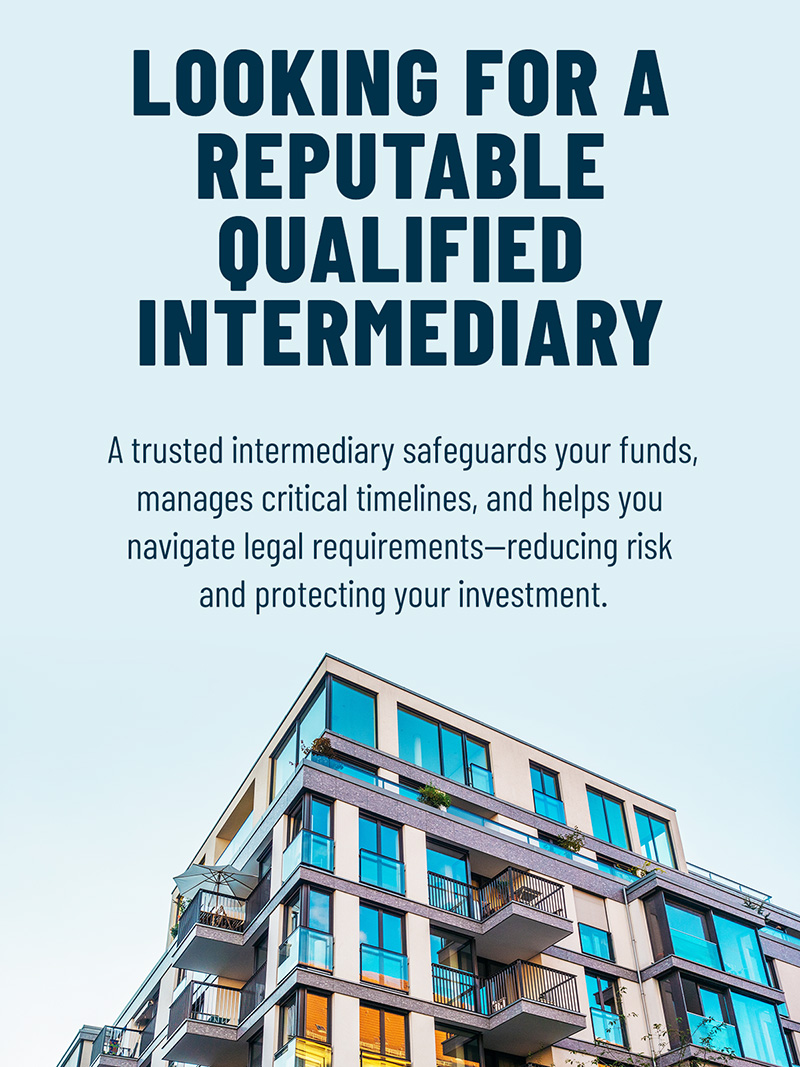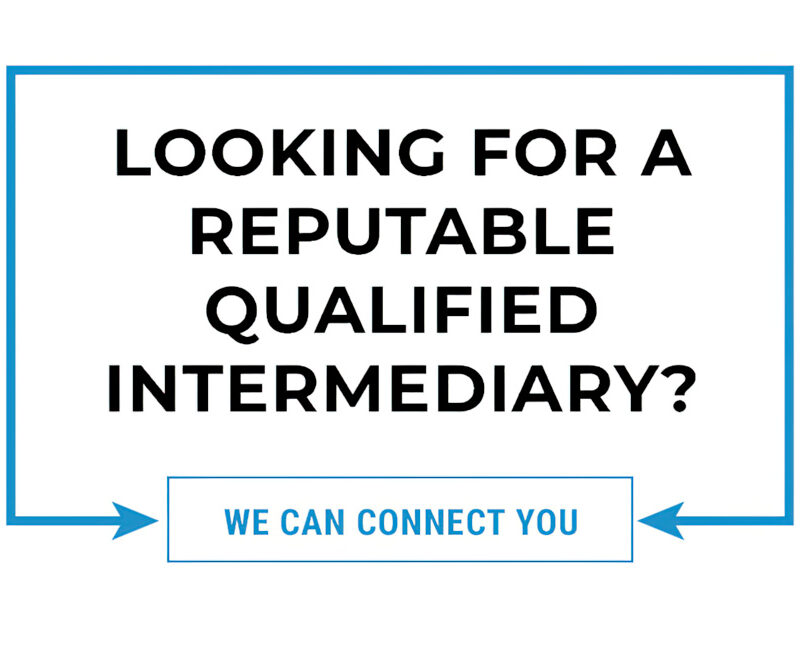Tax Straddles and 1031 Exchanges: What Investors Need to Know

It happens to the best of us: despite a thorough awareness of the requirements for a successful 1031 exchange, last-minute developments ultimately sink the exchange, and the investor is left with some potentially problematic possibilities.
As we enter a new year, investors who initiated a 1031 exchange by selling investment property in the second half of 2023 but have not yet acquired replacement property need to be aware of important tax implications if their exchange fails to fully complete within the proscribed timelines.
Specifically, they should understand the concept of “tax straddling” and what happens if an exchange fails with the timeline straddling two different tax years.
What is a Tax Straddle?
With a 1031 exchange, an investor sells investment property and has 45 days to identify, and 180 days to close on the purchase of, one or more replacement properties. This allows them to defer paying capital gains taxes on the sale as long as they successfully reinvest in similar property within these inflexible timelines.
Tax straddling refers to when the timeline for the 1031 exchange transaction straddles two separate tax years; for example, selling the relinquished property in late 2023 but not completing the 1031 exchange by acquiring the replacement property until 2024.
Even if the exchange ultimately fails, as long as the investor initially began the exchange process in good faith, they are still considered to be in an “open 1031 exchange” from a tax perspective. This means they would still have to report any capital gains for the 2023 tax year, but payment of the capital gains tax itself would be deferred with the assumption that the exchange would be successfully completed.
Consequences of a Failed Tax Straddle Exchange
Of course, with rising interest rates and limited inventory, it’s possible that the exchange cannot be successfully completed, even after the filing of 2023 taxes.
So what happens from a tax standpoint if an exchange fails with the timeline spanning two tax years?
The investor would have to report the full capital gain amount from the sale of the original relinquished property on the 2023 tax return, but the payment of the capital gains tax would be deferred until the following tax year. So even with a worst-case scenario in a straddle situation, capital gains tax is still due once per failed exchange – it just gets split across two tax years. While obviously not ideal, a failed exchange resulting from tax straddling does provide extra time for when taxes need to be paid.
In the subsequent tax year, the failure of the 1031 exchange would be reported, and the capital gains tax that was owed in 2023 would be payable. Long-term capital gains are taxed at a favorable rate, up to 20% on the Federal return. State tax returns vary widely, depending on the state, with rates ranging from zero to as high as 13.3% for Californians.
It’s important to be able to show that a good-faith effort was made to close the exchange as intended. Taxpayers who enter a 1031 exchange with the intent of using tax straddling to defer for a year can be left with a massive tax bill if they are unable to substantiate their good-faith intention to complete the exchange.
What to Do Now As The Clock is Ticking
For investors who began a 1031 exchange in 2023 but have not completed their replacement property purchase, here are a few options:
Investors facing the possibility of a failed 1031 exchange need to understand the tax impacts, plan accordingly, and not delay preparations to file taxes owed on deferred capital gains. In a tax straddle, as with all 1031 exchanges, the quality and experience of your financial team is critical, and can make the difference between a minor financial event and a potential tax disaster.








